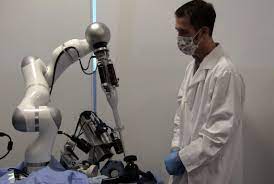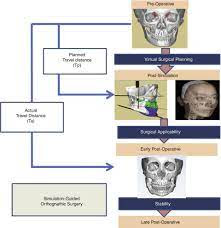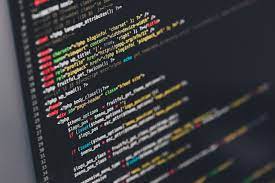Use of Computer in Medical billing and coding

Use of Computer in Medical billing and coding Computer science plays a critical role in the field of medical billing and coding. Medical billing and coding is the process of submitting claims to insurance companies for reimbursement of medical services provided to patients. Computer science is used in several ways to support this process, including: 1. Electronic health records (EHRs): Computer science is used to develop and maintain EHR systems, which store patient health information electronically. EHRs are used to generate medical billing codes, which are used to submit claims to insurance companies. 2. Medical billing and coding software: Computer science is used to develop software that can assist medical billing and coding professionals in generating the correct codes for procedures and services provided to patients. This software can also be used to verify that claims submitted to insurance companies are accurate and complete. 3. Claims management: Computer science i...


.jpeg)
.jpeg)

.jpeg)




